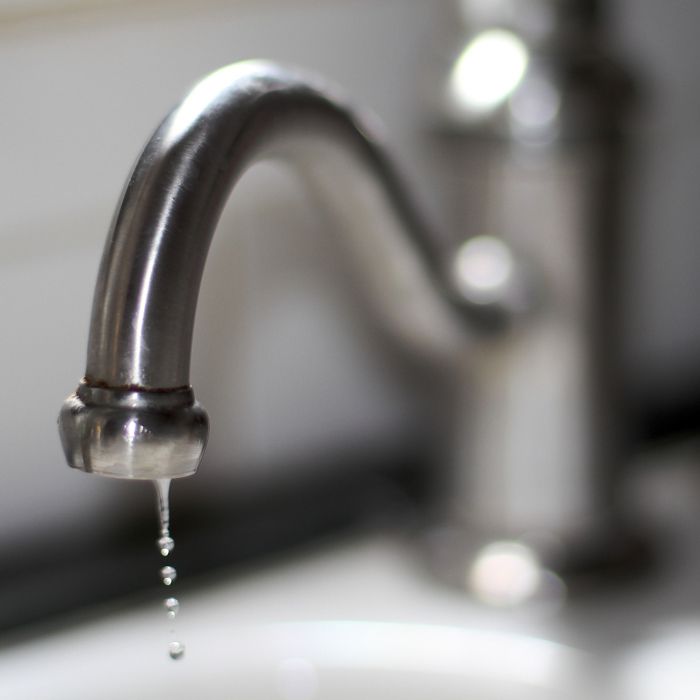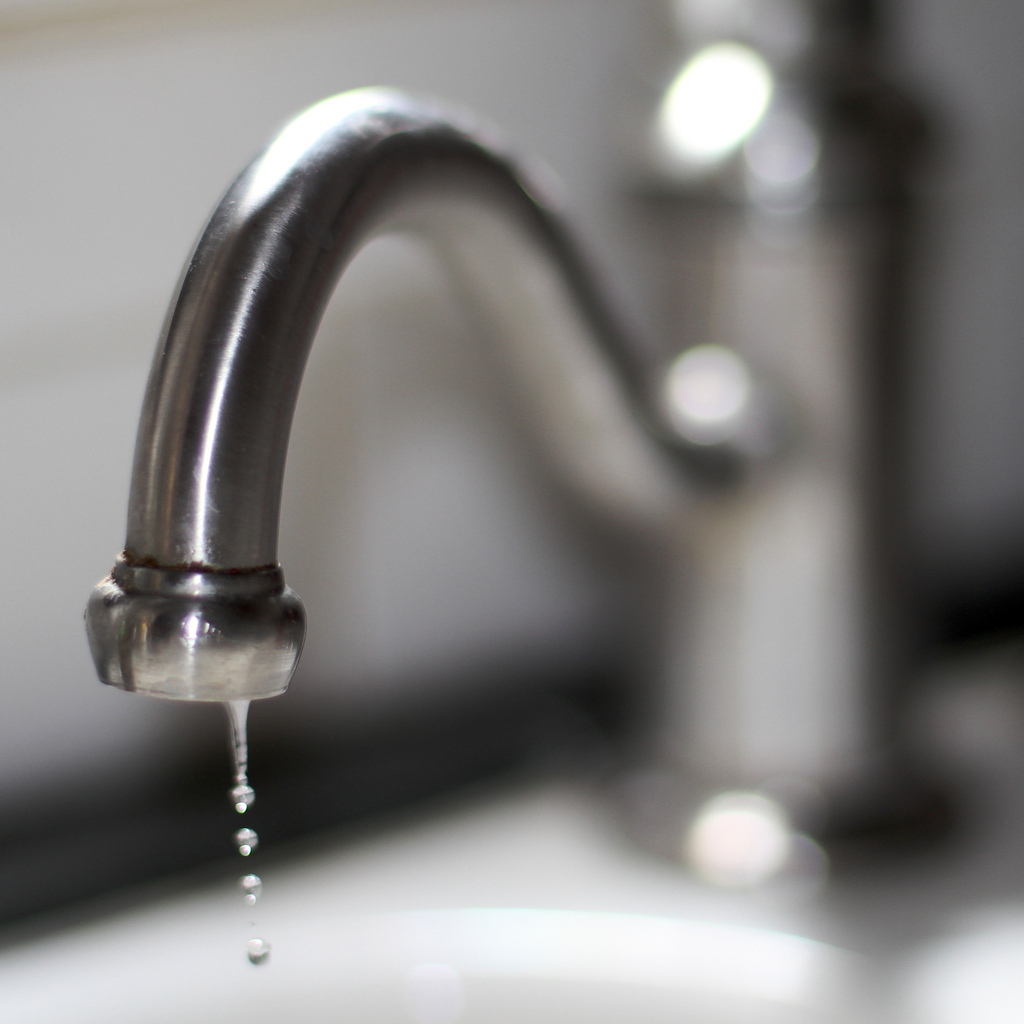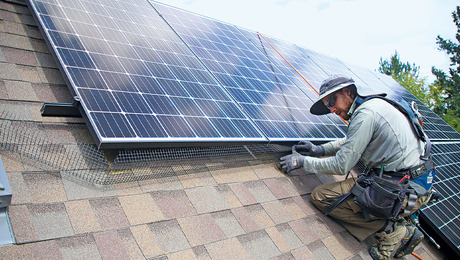
Researchers at Virginia Tech say water conservation measures in green buildings can increase the length of time that water stands in plumbing systems and increase the risk water will become contaminated with microbes, including the bacteria that causes Legionnaires’ disease.
A report in Chemistry World said the study measured chlorine levels, temperature, and microbial content in different types of green buildings, ranging from an office building to a net-zero energy home. It found chlorine disinfectant in the water decayed as much as 144 times faster in green buildings because of increased water age.
Green buildings typically have low-flow shower heads and faucets and may have other water storage features. As a result, water sits in pipes longer than it would in conventional buildings, “risking problems with corrosion, unappealing taste, and microbial growth,” the magazine said.
“We are at the beginning of a green-building revolution where new products and approaches to water and energy conservation are coming to the market much faster than we can critically evaluate their impact,” lead researcher William Rhoads said.
The study was published by Royal Society of Chemistry. (For access to the report, free registration is required.)
Three green buildings studied
The number of buildings sold as “green” has increased exponentially, the report says, with LEED-certified buildings increasing from less than 7500 in 2010 to more than 75,000 in 2014. As much as 48% of all new nonresidential construction was expected to be green by this year.
“High water age is inherent to some green-plumbing designs, and it has the potential to negatively impact the chemical and microbiological quality of drinking water in building plumbing systems,” the authors said. “More work is needed to help achieve water conservation goals without compromising water quality or public health.”
Researchers defined green potable-water systems as those achieving at least a 20% decrease in use over conventional (no conservation) construction.
High water age is known to affect corrosion, taste, and odor, and it also has “possible implications for opportunistic pathogens” in plumbing systems, including Legionella, nontuberculosis mycobacteria, and other waterborne pathogens of high concern in the U.S. These “opportunistic pathogens in premise plumbing,” or OPPPs, are “integral members of potable-water microbial communities” but have been studied only a few times before in green water systems.
Researchers looked at water systems in three types of green construction–a 10,000-sq.-ft. LEED-Gold healthcare facility, a net-zero energy single-family home, and a net-zero energy office. Total water storage ranged from an 80-gal. water heater in the healthcare facility to a 3000-gal. cistern in the net-zero energy office building. A conventional household with no green features also was included. In all cases, copper was the primary plumbing material (PEX was used in one system beyond the plumbing manifold).
A sampling plan was developed for each of the buildings, designed to test water quality as the water came out of the taps.
Water age and microbial content varied
In each of the three green buildings, the survey found “extremely high water age” because of energy- and water-conservation features. In the building with the 3000-gallon cistern, water age ranged from 2 to 6.7 months. Water consumption at the healthcare facility was 60 times lower than it would be in a typical commercial building; at the net-zero energy house, a solar water heater increased hot water storage and hot water age from less than 1 day to 2.7 days.
At all field sites, the report said, bacterial markers were higher in stagnant water samples than in flushed samples. In the conventional house, levels of Legionella and other bacteria “were below the quantification limit in stagnant samples and below the detection limit in flushed samples.” That was not the case with the net-zero energy house where genetic markers were “frequently present” in hot and cold stagnant and flushed shower samples.
A key finding was the rapid decay of chlorine disinfectant residuals in green buildings, once a problem thought to occur only rarely.
“This study reveals cause for concern about the public-health implications of green-building water systems, particularly with respect to potential creation of conditions ideal for the proliferation of OPPPs,” the study said. “Given the rapid expansion of green building construction at a time when OPPPs are now the primary source of waterborne disease outbreaks, fundamental research is needed to guide green-building science down a path that protects public health while also conserving water and energy.”
Read more: http://www.greenbuildingadvisor.com/blogs/dept/green-building-news%2A#ixzz3veYh8e43
Follow us: @gbadvisor on Twitter | GreenBuildingAdvisor on Facebook
Fine Homebuilding Recommended Products
Fine Homebuilding receives a commission for items purchased through links on this site, including Amazon Associates and other affiliate advertising programs.

Reliable Crimp Connectors

Affordable IR Camera

8067 All-Weather Flashing Tape

Water conservation in green buildings means water is retained longer in supply lines, increasing the risk of microbial contamination, new research suggests.



























View Comments
don't want to sound rude, but I don't really buy any of this..